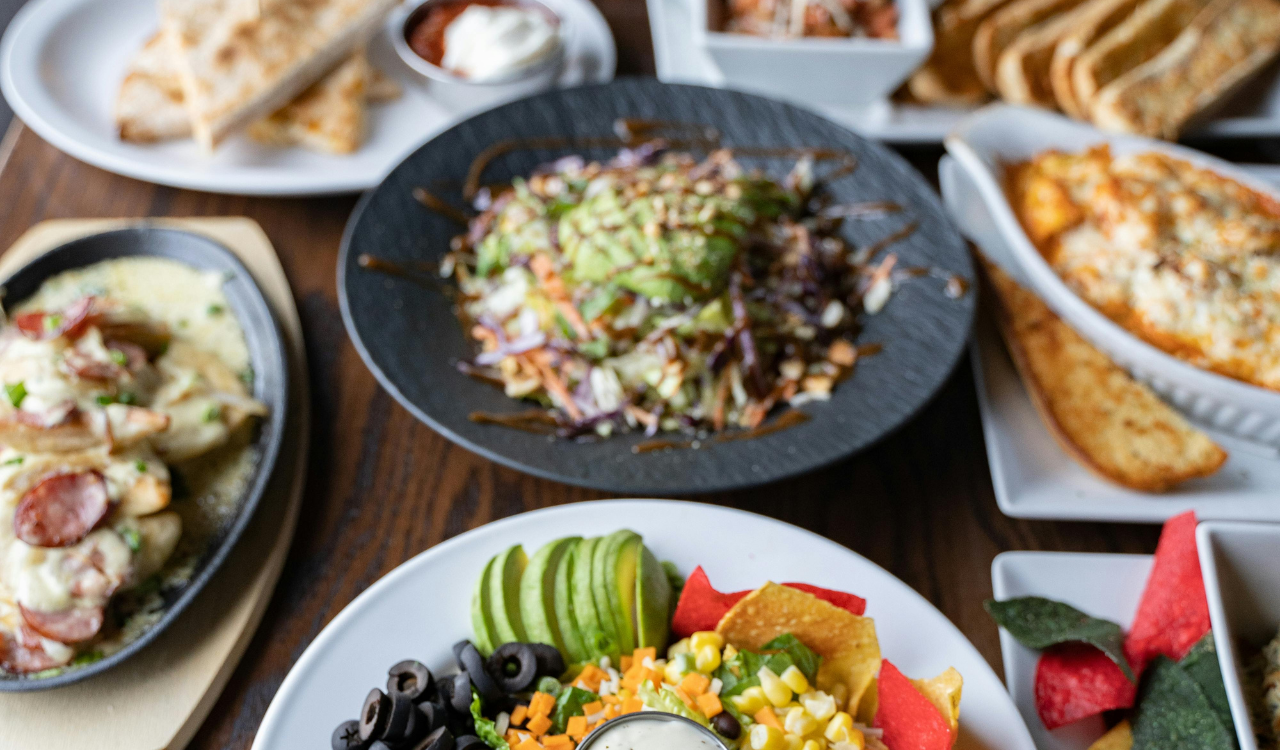15 ’70s Snack Foods That Would Flop At Today’s Checkout
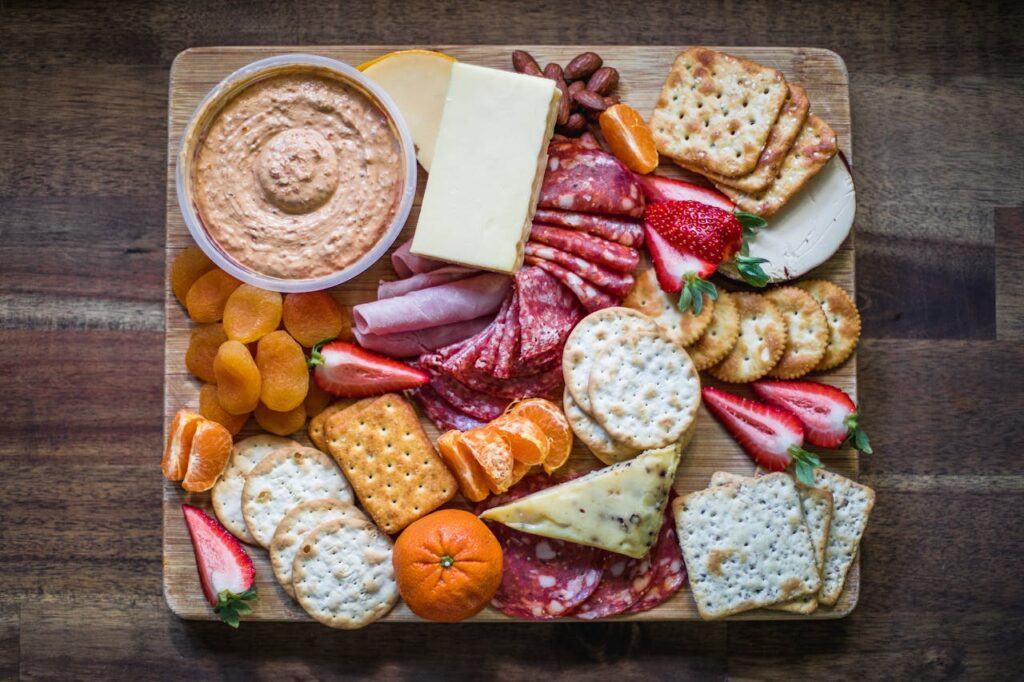
The 1970s brought bold experiments to grocery shelves, with neon colors, canned spreads, and snacks shaped more by convenience than nutrition. At the time, these foods felt modern and exciting, but today’s consumers demand transparency, fresher ingredients, and healthier options. While many of these treats are remembered fondly, they would likely struggle at a modern checkout. Here are 15 snacks that captured the ’70s spirit but would flop if reintroduced to today’s health-conscious, label-reading shoppers.
1. Jell-O Salad Cups
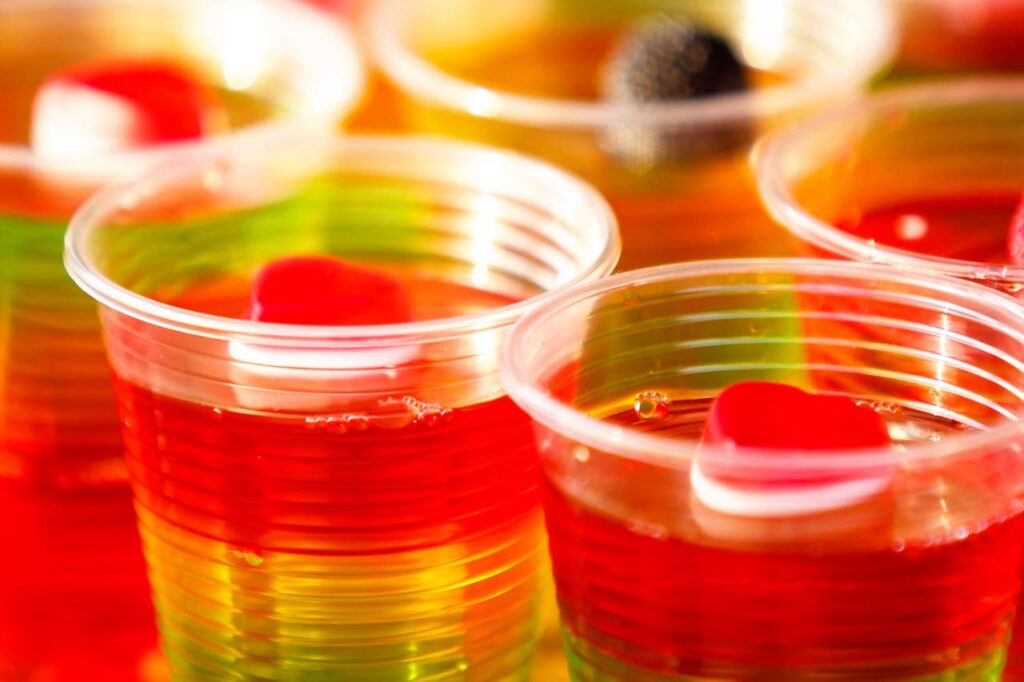
Brightly colored Jell-O salads packed with canned fruit, marshmallows, or even vegetables were a 1970s potluck favorite. Their charm was in the wobble and novelty, but modern shoppers see them as overly processed and sugary. Today’s preferences lean toward fresh fruit bowls and lighter, natural desserts. The artificial colors and questionable combos that once symbolized fun now seem outdated. As a packaged snack, Jell-O salad cups would feel more like a retro gag than something people would buy at checkout.
2. Powdered Drink Mixes
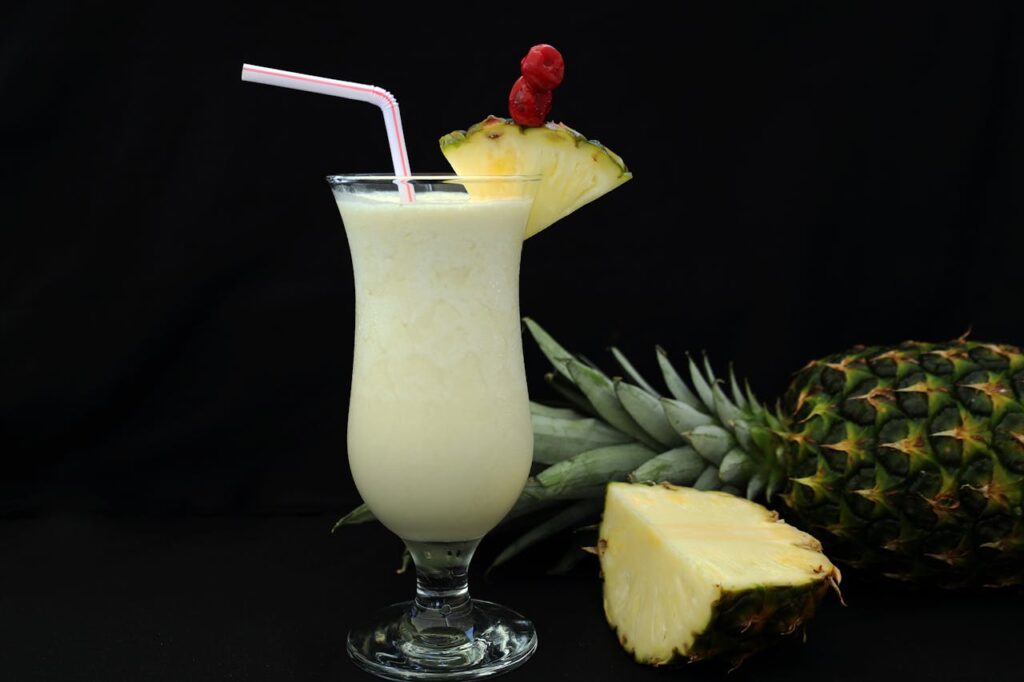
Powdered drink mixes promised rainbow refreshment with a quick stir of neon powder into water. Kids adored the spectacle, but the sugar and synthetic dyes that fueled their popularity now clash with today’s clean-label expectations. Shoppers favor flavored waters, sparkling beverages, and juices with natural ingredients. At a modern checkout, bright drink packets would appear outdated and artificial. Their gimmick no longer sells, leaving them overshadowed by health-forward alternatives that offer transparency, lower sugar, and a fresher image.
3. Fondue Kits
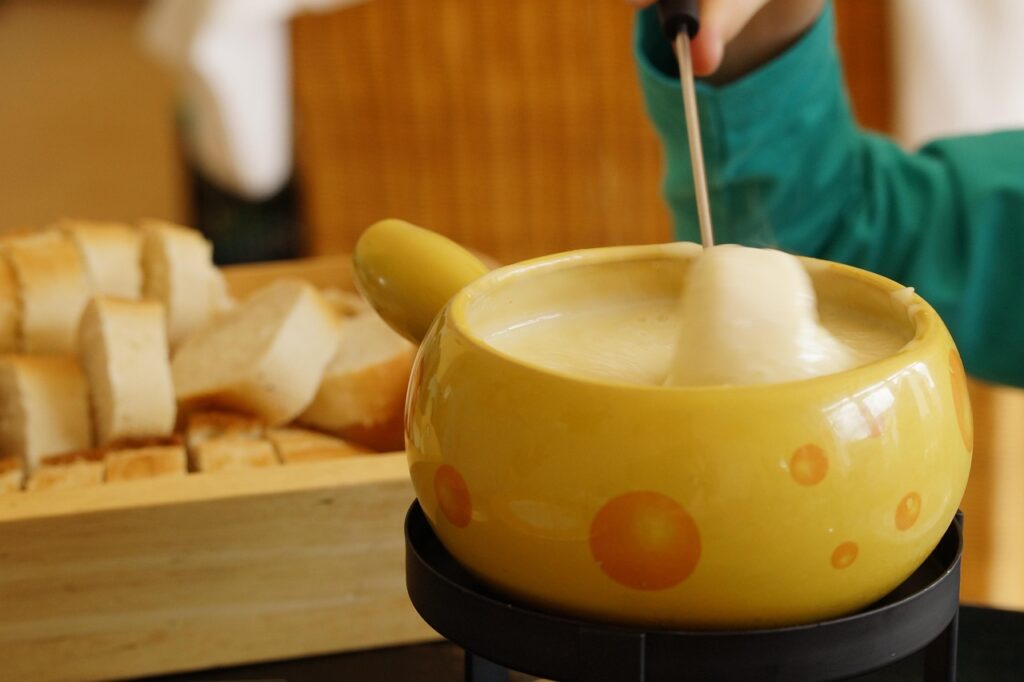
Fondue kits captured the era’s love of social snacking, letting hosts melt processed cheese for dipping bread or vegetables. While it felt elegant then, the heavy sodium, preservatives, and communal dipping no longer align with today’s eating habits. Consumers now look for lighter, portion-controlled snacks with real ingredients. Hygiene concerns also make shared dipping less appealing. A boxed fondue kit would likely sit untouched at checkout, remembered more as a nostalgic party trend than a desirable modern impulse purchase.
4. TV Dinner Desserts
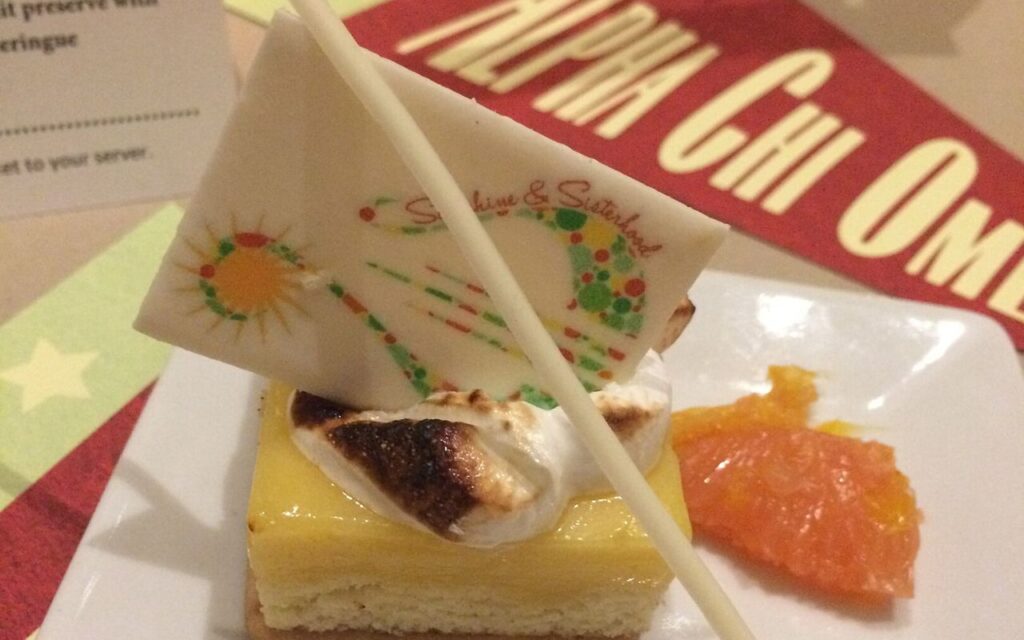
TV dinners once impressed families with divided trays that included main dishes and small desserts like puddings or gelatin squares. Convenience mattered more than taste, and artificial flavors were the norm. Today, frozen meals compete by highlighting premium ingredients, real dairy, and fewer additives. The old-fashioned dessert compartment, with its sugary, shelf-stable pudding, would feel cheap rather than comforting. As a checkout option, these pre-packed desserts would flop against fresher or more indulgent alternatives that better fit modern standards.
5. Jarred Cheese Spread
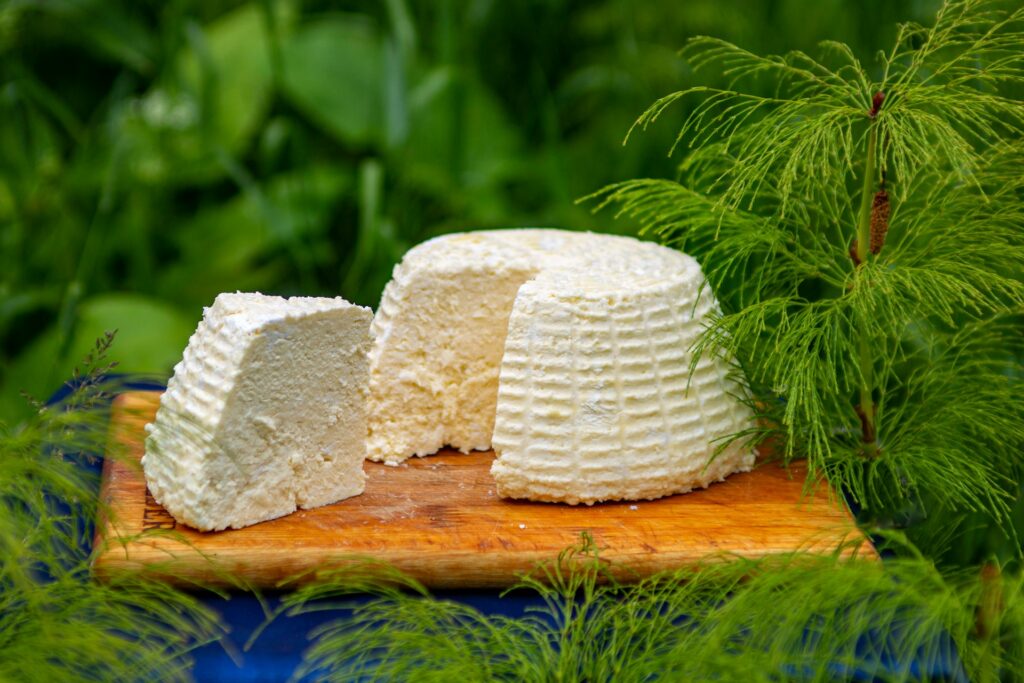
Smooth, shelf-stable cheese spreads in jars were prized in the 1970s for their convenience at parties and picnics. Today, their image as overly processed and packed with emulsifiers makes them less appealing. Shoppers now choose fresh cheeses or plant-based dips with shorter, cleaner ingredient lists. A jar of orange cheese spread feels dated and artificial compared to artisanal options. As a modern checkout snack, it would be quickly overlooked, replaced by premium spreads, hummus cups, or single-serve fresh cheeses.
6. Deviled Ham and Canned Meat Spreads
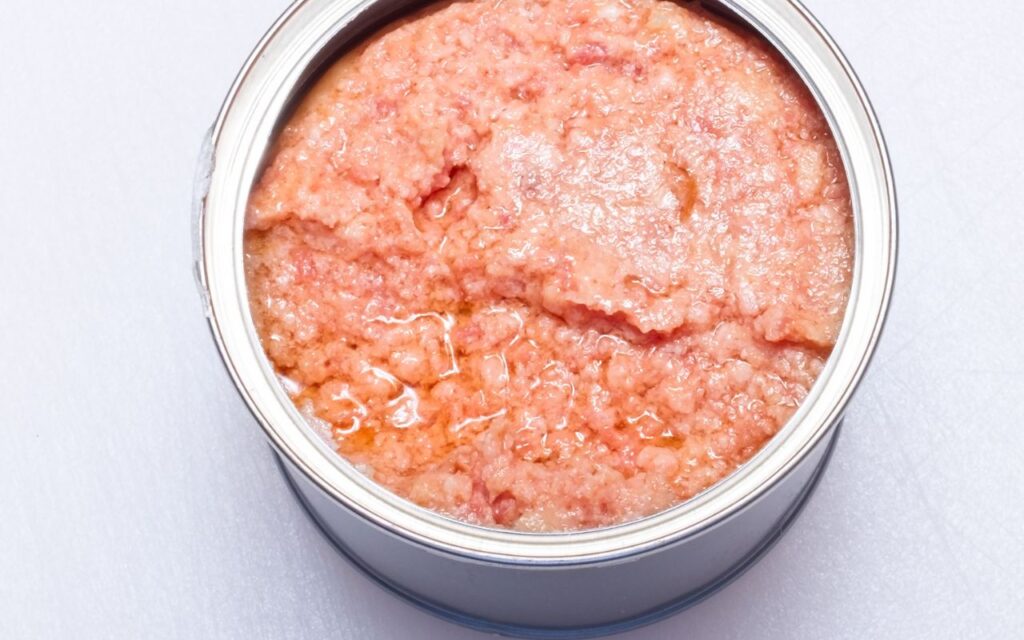
Deviled ham and similar canned meat spreads were lunchbox staples in the 1970s, offering salty protein that stayed shelf-stable for months. They worked when convenience trumped everything, but today they read as dated and overly processed. Shoppers avoid high-sodium preserved meats and often reach for fresh deli cuts or plant-based spreads instead. At checkout, a small can of deviled ham would struggle to compete with portable protein packs or transparent alternatives that highlight natural, recognizable ingredients.
7. Marshmallow Candy Bars
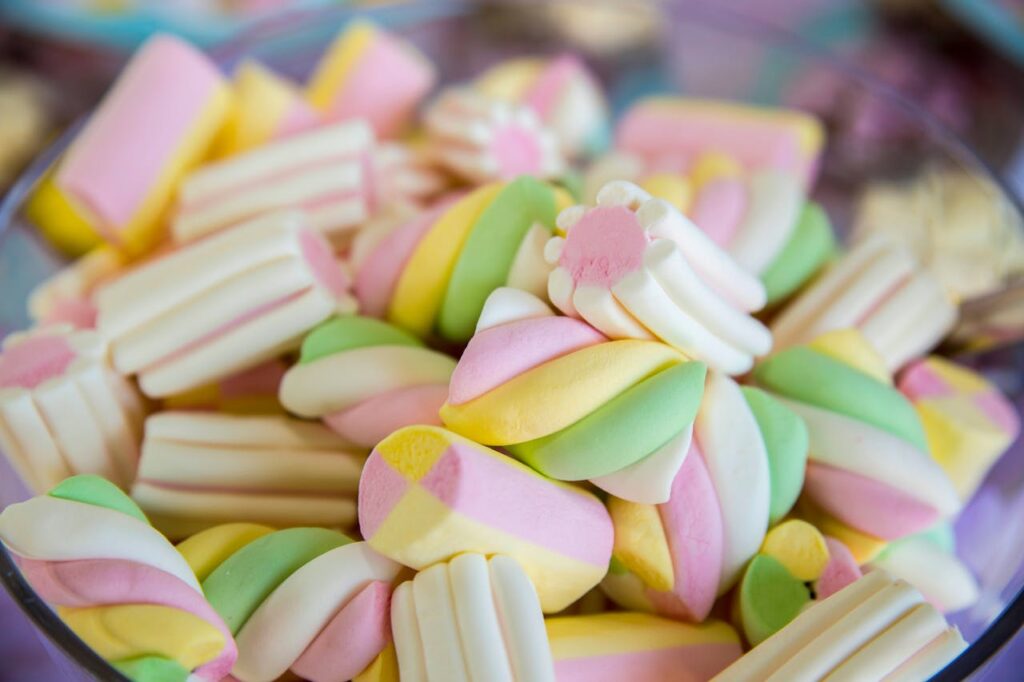
Marshmallow-centered candy bars, often coated in chocolate or stuffed with colorful fillings, were sugar bombs beloved in the ’70s. Their novelty textures drew attention, but extreme sweetness and artificial additives make them less appealing now. Today’s confection buyers want balance, simpler labels, or artisanal quality. At a checkout counter filled with clean-label chocolate, protein bars, and nostalgic favorites, marshmallow-heavy candy would feel excessive and outdated, more like a relic than a tempting impulse treat.
8. Canned Fruit Cocktail in Heavy Syrup
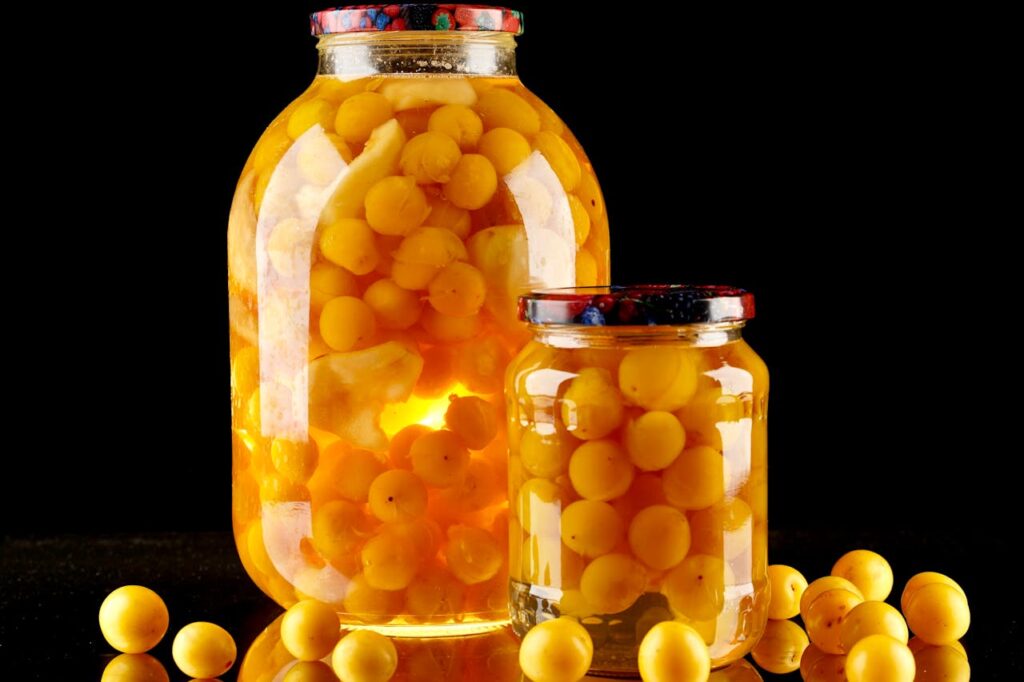
Canned fruit cocktail in syrup was once considered a wholesome pantry staple, offering colorful fruit chunks swimming in sugary liquid. It felt like dessert disguised as fruit, but modern shoppers view the added sugar and processed texture as outdated. Health-conscious consumers now reach for fresh fruit, dried fruit, or fruit cups packed in juice. The syrup-soaked version would be quickly passed over at checkout, its sticky sweetness losing to lighter, fresher, and more naturally packaged alternatives.
9. Neon Soda Floats
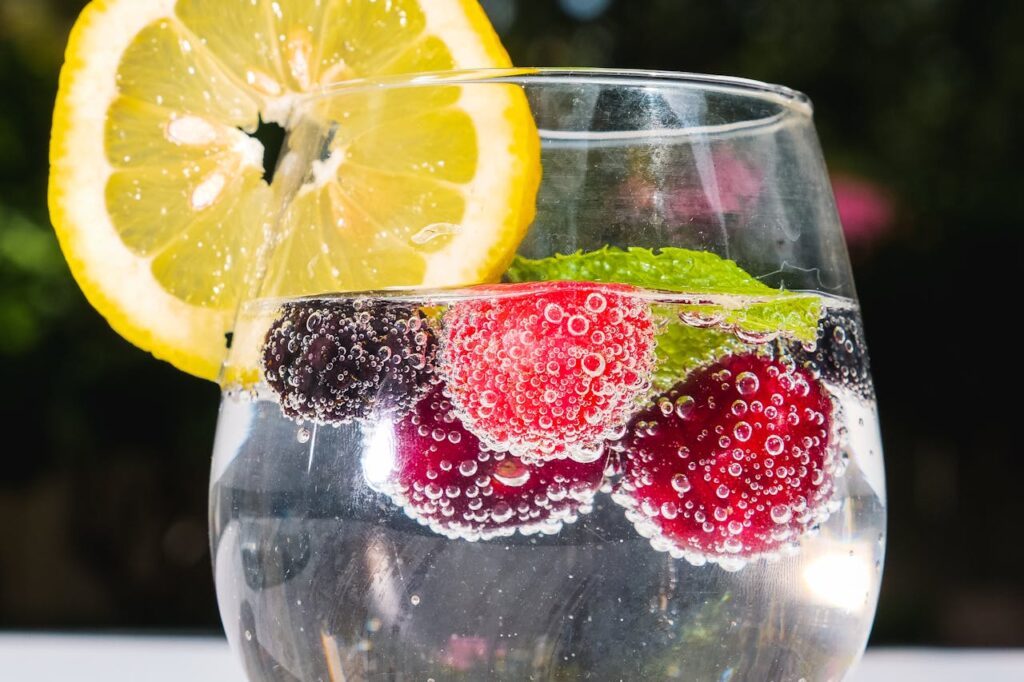
Pre-bottled soda floats and neon-colored cream sodas dazzled in the 1970s with bold hues and fizzy sweetness. While fun then, their high sugar content and artificial dyes no longer sit well with today’s wellness-minded shoppers. Beverage trends now favor craft sodas with natural flavors, sparkling waters, or reduced-sugar options. At checkout, a neon-hued float bottle would seem gimmicky and unhealthy, easily overshadowed by sleek cans of kombucha, seltzer, or naturally flavored sparkling water.
10. Powdered Dip Mixes
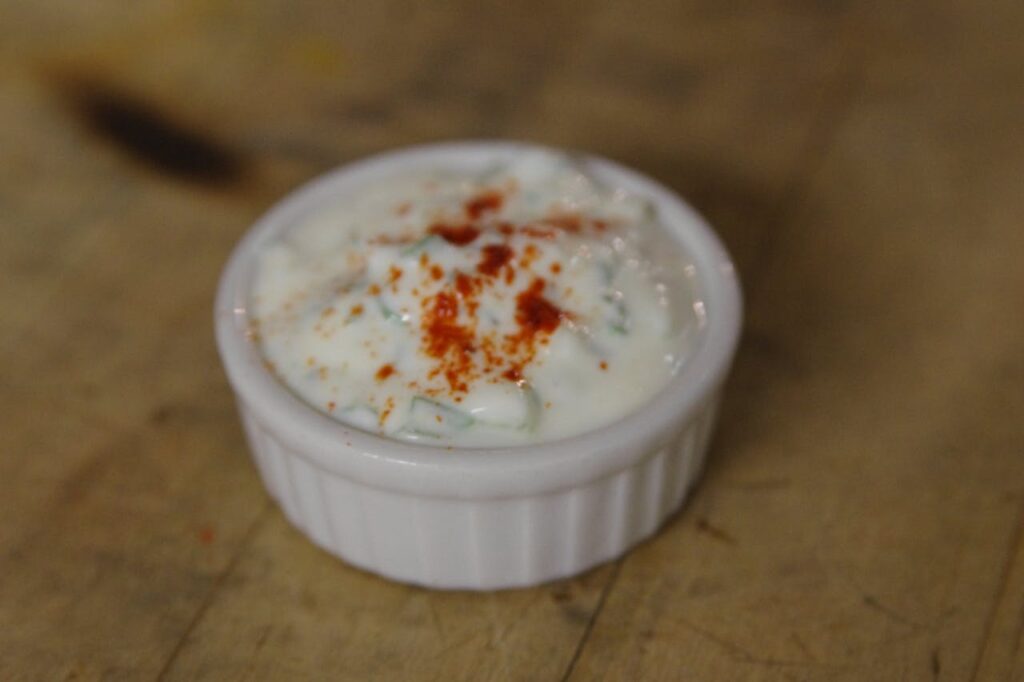
Powdered dip packets promised instant party dips by stirring into mayo or sour cream. They were quick and cheap but filled with MSG and artificial flavoring. Modern snackers lean toward fresh salsa, hummus, or guacamole that list recognizable ingredients. At checkout, powdered mixes would appear outdated, competing poorly with refrigerated dips that highlight freshness and quality. What was once a kitchen shortcut now feels like an unnecessary processed option that lacks the appeal of healthier, ready-to-serve choices.
11. Candy Cigarettes
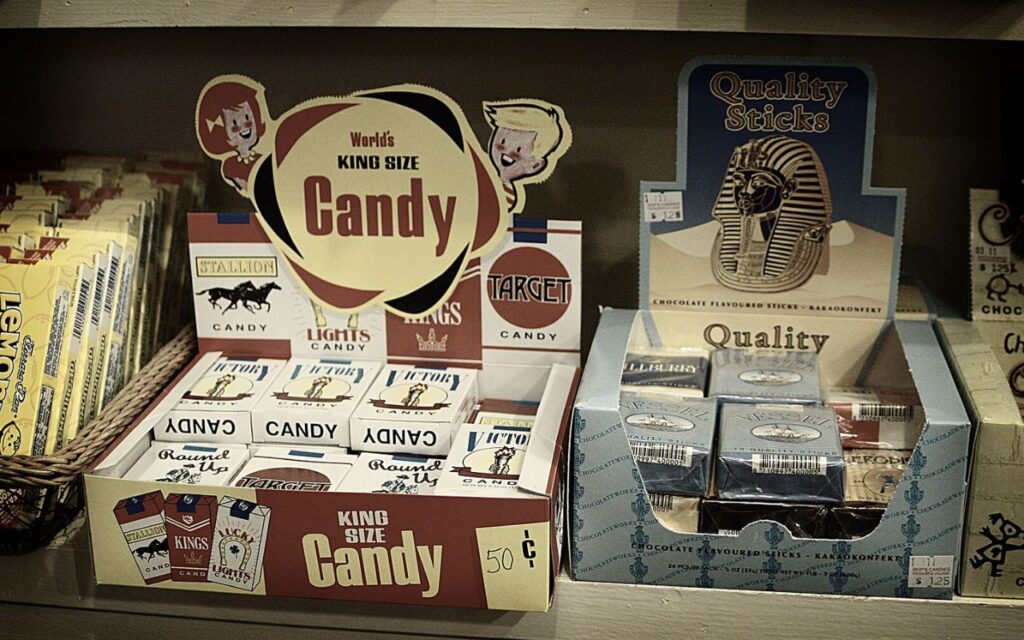
Candy cigarettes once made kids feel “grown up” while chomping on chalky sugar sticks shaped like real smokes. In the 1970s, they were a novelty, but today, they would flop instantly. Not only do they glorify a habit now universally linked to health risks, but their bland taste also can’t compete with modern candy innovations. At checkout, shoppers expect fun but health-conscious indulgences. A candy promoting cigarettes would spark controversy rather than curiosity, leaving it abandoned on the shelf.
12. Space-Themed Freeze-Dried Snacks
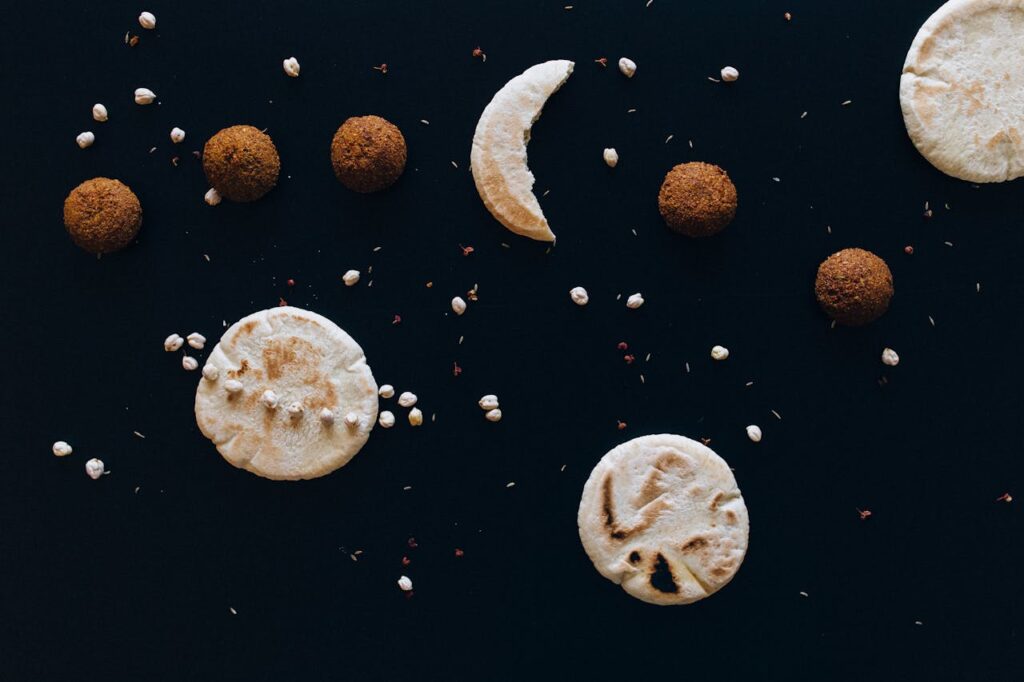
Freeze-dried space foods were marketed as futuristic novelties, letting kids snack like astronauts. The gimmick worked in the ’70s, but today, they’d likely flop outside of museums or gift shops. Consumers prefer snacks that balance fun with flavor, freshness, or nutritional value. Freeze-dried fruit thrives now, but chalky “ice cream sandwiches” or bland pellets would lose appeal in a regular checkout line, where options like protein bars and better-for-you chips dominate impulse buys.
13. Sugary Gelatin Snacks
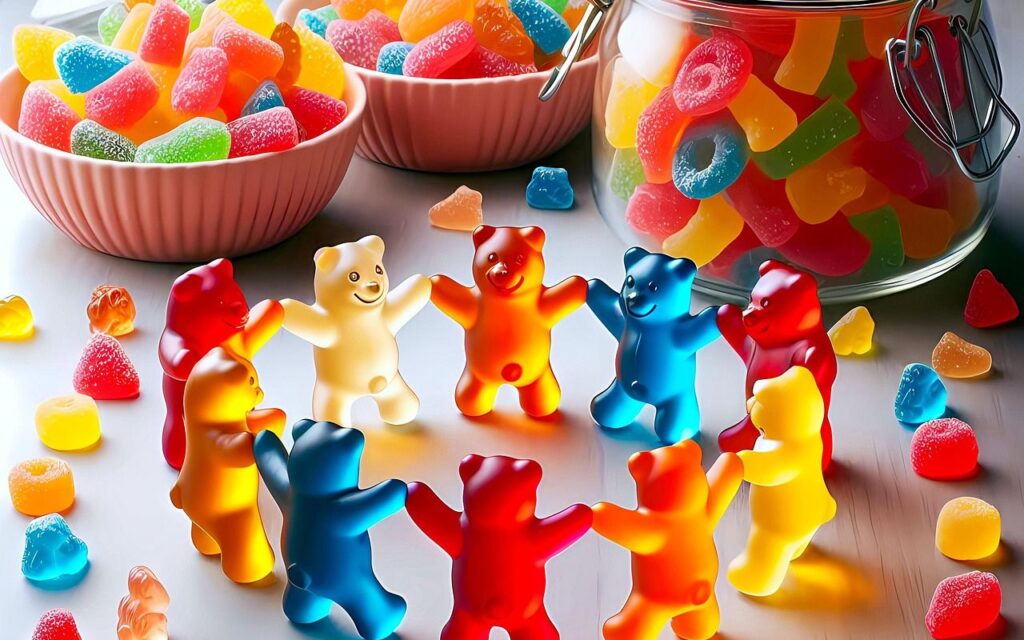
Individually packaged gelatin cups filled with artificial colors and excessive sugar were once a kids’ favorite. In the 1970s, convenience outweighed concerns about ingredients. Today, parents and shoppers look for snacks with real fruit, probiotics, or added nutrients. Sugary gelatin cups would struggle to compete with yogurt pouches, fruit-based gummies, or organic snack packs. At checkout, they’d seem more like outdated sugar bombs than treats, failing to match current preferences for portable yet health-minded snacks.
14. Packaged Cheese Spreads
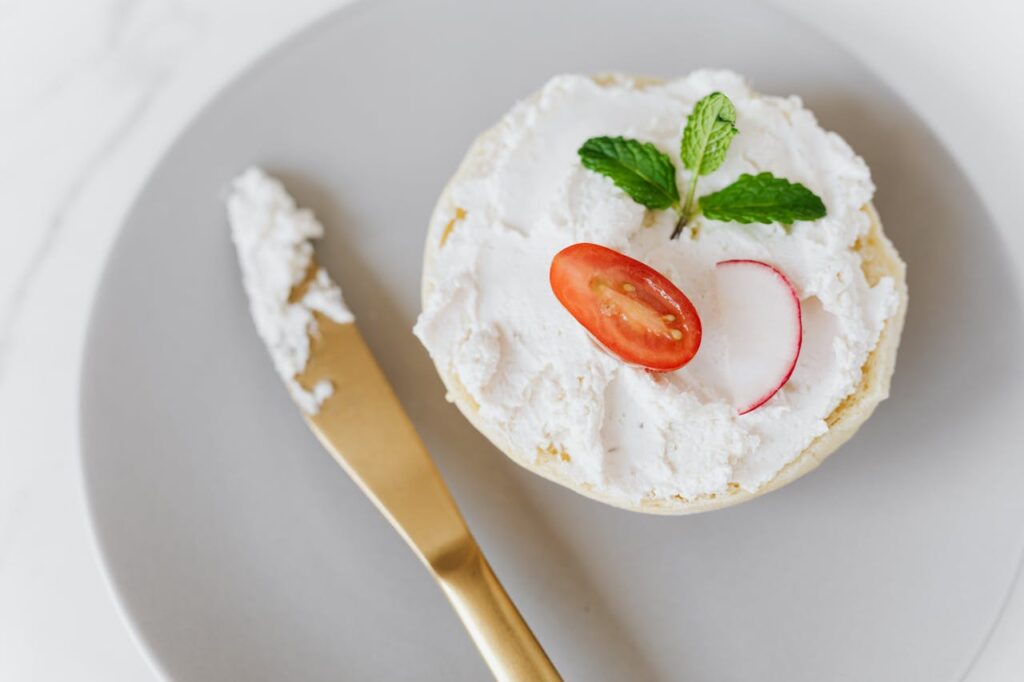
Foil-wrapped cheese spreads or spray cheese cans were staples of ’70s snack trays. They offered convenience and shelf stability but leaned heavily on preservatives and artificial flavors. Today’s snackers are more drawn to artisanal cheeses, fresh dips, or plant-based alternatives. At checkout, a can of processed cheese spread would feel dated and unappetizing compared with modern snack packs featuring real cheese cubes, nuts, or dried fruit. What was once a party trick is now a grocery store relic.
15. Novelty Cereal Snacks
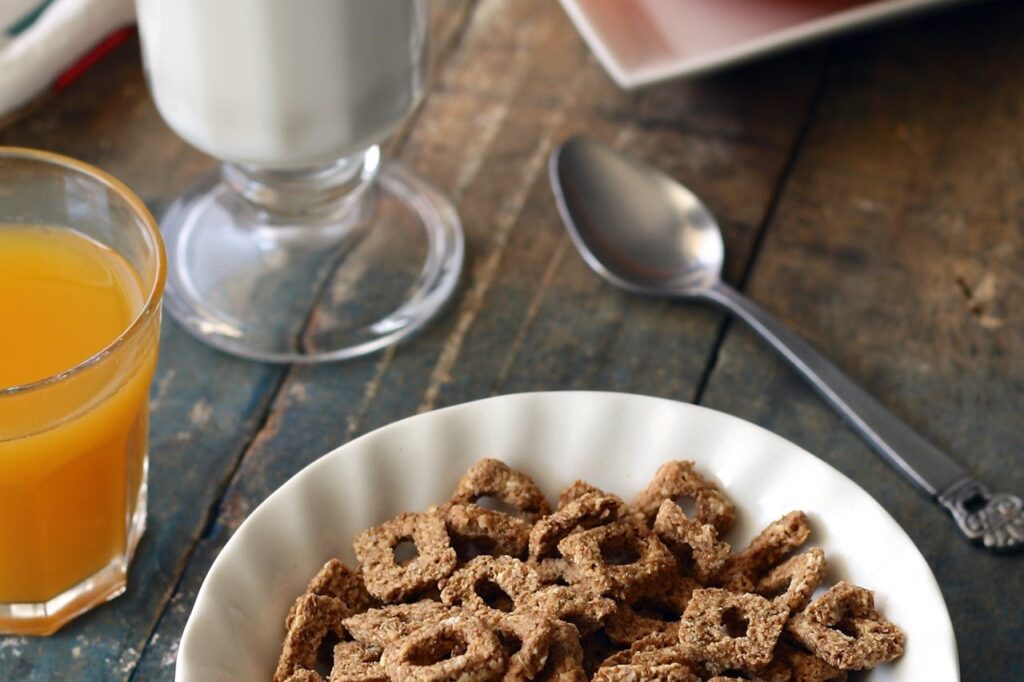
In the 1970s, cereals spun off into sugary snack bars or handheld mixes that relied on marshmallows and candy pieces. While they delighted kids then, today they’d be criticized for excess sugar and artificial ingredients. Shoppers now reach for granola bars with whole grains, protein, or natural sweetness. At checkout, a neon-wrapped cereal snack would look more like junk food than a wholesome choice, losing space to modern bars marketed as clean fuel for busy lifestyles.



